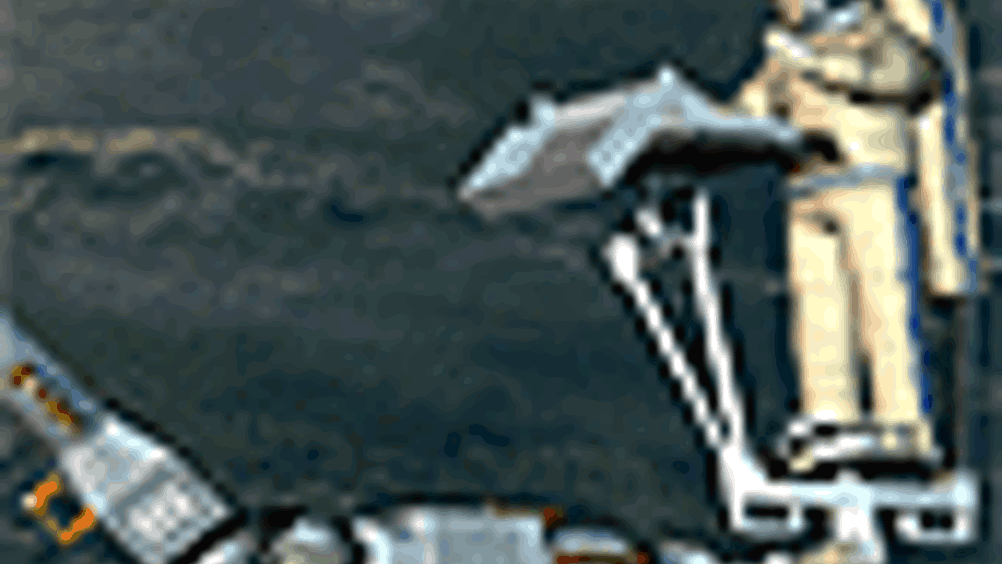Joint research
ESA has developed prototype flexible joints inspired by spiders' legs, which could find their way into future exploratory space missions, such as those planned to Mars over the next 20 years.

has developed prototype flexible joints inspired by spiders' legs, which could find their way into future exploratory space missions, such as those planned to Mars over the next 20 years.
The biomimetic research by ESA's Advanced Concepts Team focused on spiders because one of their natural advantages is that they are capable of creating large amounts of force starting from negligible mass. The reason for this is the unique method they use when extending their legs.
While spiders — like humans — use flexor muscles to bend their limbs they do not have the corresponding extensors that most animals have to then re-extend their legs.
Instead of muscle, spiders use a peculiar hydraulic system that manipulates the spider's blood to pressurise its joints by pumping the fluid into the spaces between muscles and the skeleton, forcing the leg to straighten. It was this characteristic that ESA researchers thought could be of use during space missions.
Register now to continue reading
Thanks for visiting The Engineer. You’ve now reached your monthly limit of news stories. Register for free to unlock unlimited access to all of our news coverage, as well as premium content including opinion, in-depth features and special reports.
Benefits of registering
-
In-depth insights and coverage of key emerging trends
-
Unrestricted access to special reports throughout the year
-
Daily technology news delivered straight to your inbox










UK Enters ‘Golden Age of Nuclear’
The delay (nearly 8 years) in getting approval for the Rolls-Royce SMR is most worrying. Signifies a torpid and expensive system that is quite onerous...